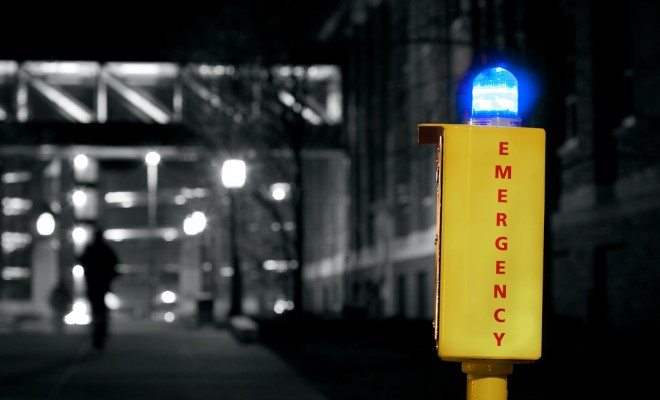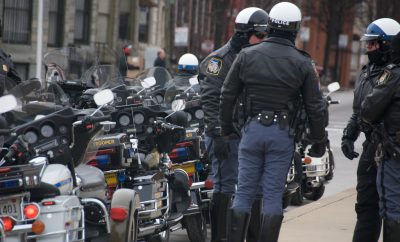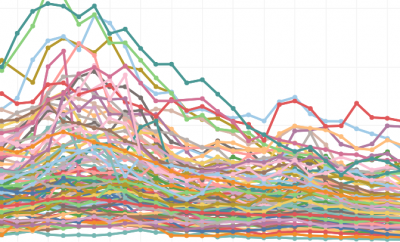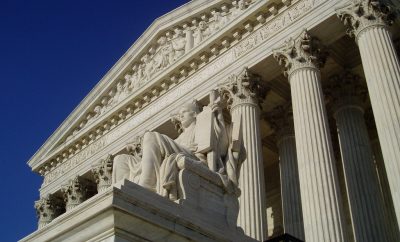 Image courtesy of [Matthew Rogers via Flickr]
Image courtesy of [Matthew Rogers via Flickr]
Crime
Campus Crime 2015: Top 10 Highest Reported Crime Rates for Mid-Sized Colleges
Student safety is a high priority for all colleges and universities. While colleges and universities are typically safer than the areas that surround them, many schools face important and unique challenges. Law Street’s Campus Crime Rankings were created to serve as a comprehensive look at the safety of our college campuses, and to act as a resource for students, families, and college communities.
Federal law requires all postsecondary institutions that receive federal financial aid to report and monitor criminal offenses on their campuses. Each year this self-reported data is published by the Department of Education to help colleges and their communities understand the safety challenges that they face. Law Street Campus Crime Rankings utilize the most recent three years of this data to determine the average violent crime rate per 1,000 students for each school with available statistics.
Our rankings break up schools into different categories to ensure that the comparisons are as helpful and fair as possible. This list ranks mid-sized schools, which include four-year institutions with enrollments between 10,000 to 20,000 students.
Click here to see the data used to create these rankings.
Check out the Top 10 Highest Crime Rates on Mid-Sized Campuses below:









Comments